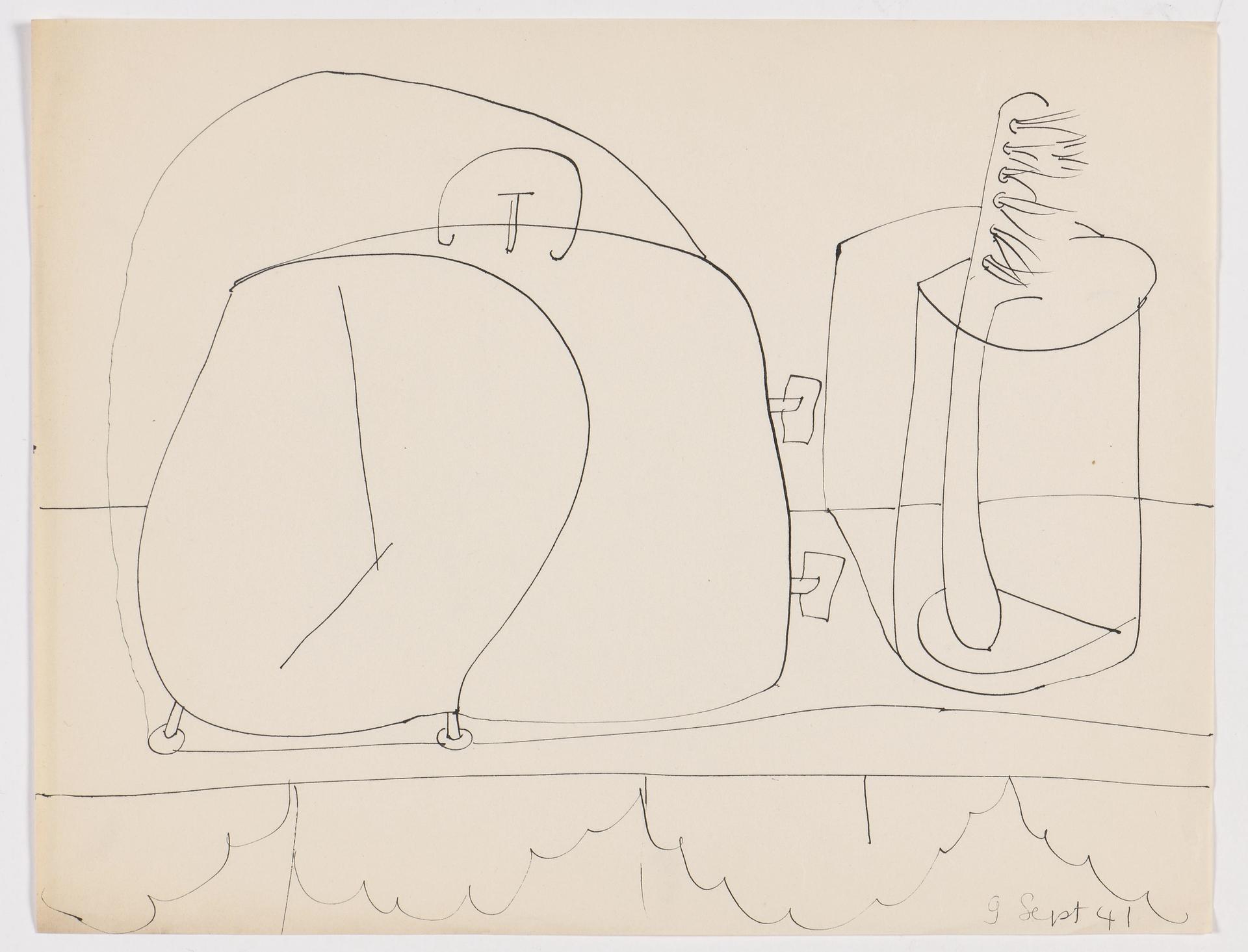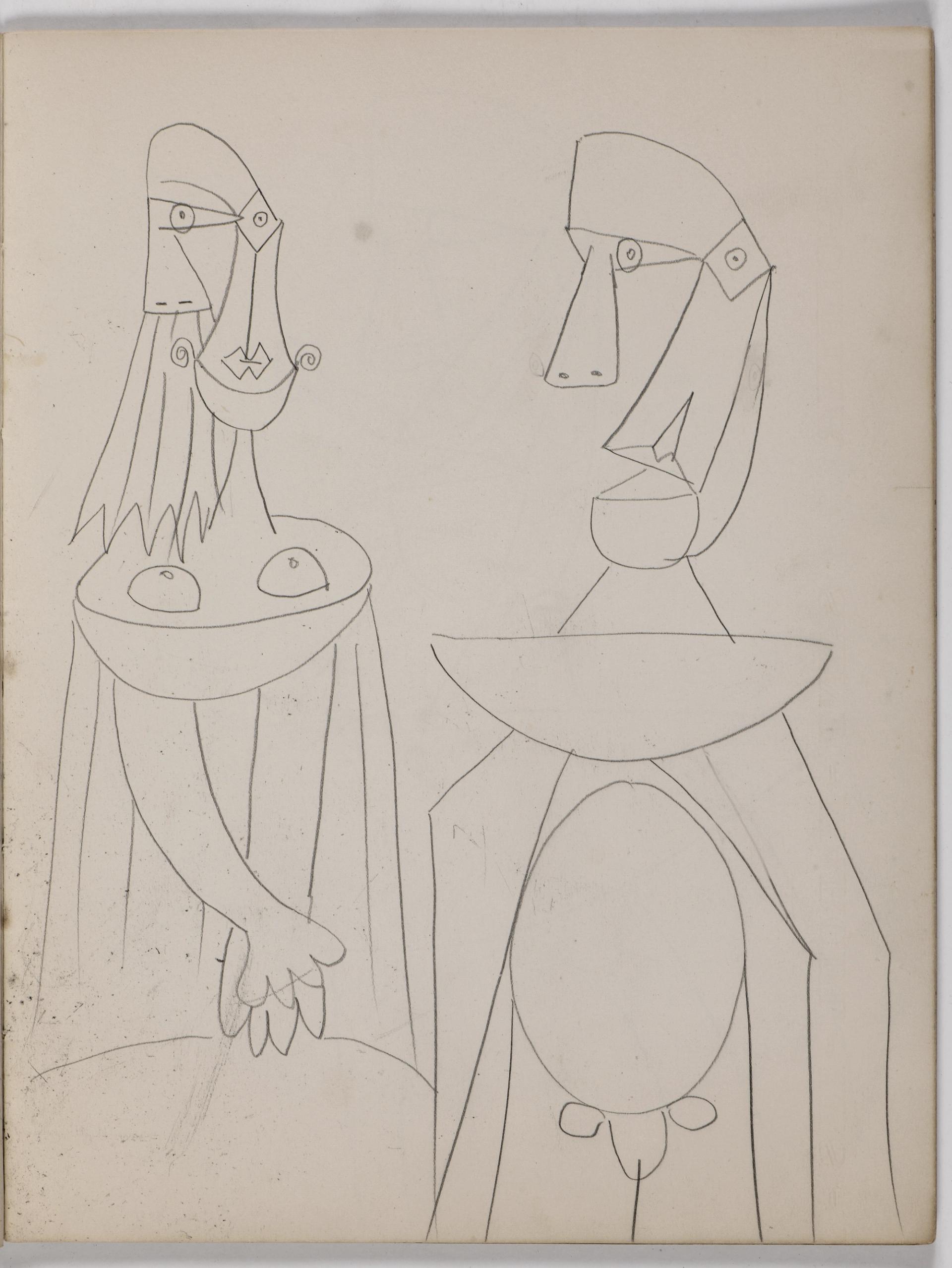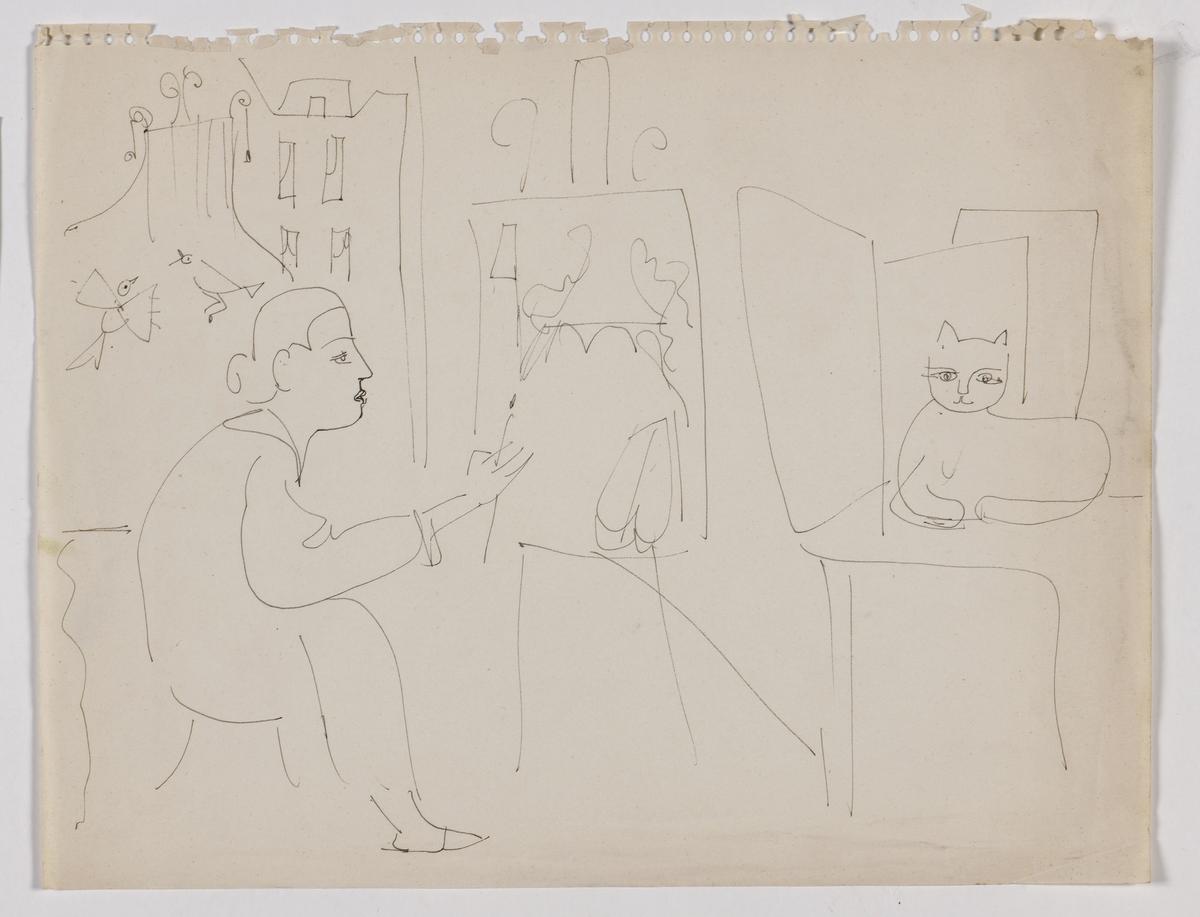When Dora Maar died in 1997, there was more interest in the Surrealist photographer’s personal collection of Picassos than, well, the Dora Maars. The proof lies in the auction records. When parts of Maar’s estate were sold at auction, buyers more eagerly bid for works by her friends and ex-lovers.
“She had such a huge collection of Picassos and Cocteaus and all these well-known people, that her own works were sold off to the fore winds, sort of willy-nilly,” says Gwen Strauss, the executive director of the Dora Maar House in Ménerbes. “I know people who bought drawings of hers, almost for nothing, at the time.”

Photo: © Luc Pâris
This was before awareness of her work was revived by exhibitions such as her 2019 traveling retrospective that showed at the Centre Pompidou and Tate Modern. Some Maars sold "willy-nilly" have since resurfaced, at times ending up in caregiving hands.
Such was the case when French journalist Brigitte Benkemoun bought a vintage Hermès pocket diary on eBay a few years ago, to replace one her husband had misplaced. When it arrived, Benkemoun discovered that the address book section was used—and full of an enviable who’s-who of mid-20th century names. Her detective work identified Maar as the original owner, and she recorded the riveting story of that time-traveling adventure in her book Finding Dora Maar (Getty Publications, 2020).
A similar story is that of two private French collectors who bought a trove of unattributed sketchbooks at auction around five years ago. “The artwork was displayed as anonymous, but they perfectly knew what they were buying,” shares Benkemoun, whom they approached after hearing she had accidentally bought Maar’s address book. Scholars have since confirmed these sketchbooks to be by Maar’s hand.

© Luc Pâris
Now this trove of drawings, poems, and paintings on whatever paper Maar could find (including envelopes, torn-up tickets, and an Air France notebook) will be exhibited publicly for the first time. They will be displayed at the La Mob exhibition space at the Dora Maar House in Provence, which opened to the public in 2021, bringing Maar’s works back to where she created them in the 19th century townhouse where she lived off-and-on for over 50 years. A catalogue of the collection is being published concurrently by Éditions Dilecta.
“It really covers a section of Dora Maar’s life that we don’t know as much about,” says Strauss about this trove, which spans her time with Picasso, their break-up, and her life in Ménerbes as she moves further away from photography and embraces painting.
One of the sketches is a double portrait of the artist couple. “I’ve never seen a drawing of her and Picasso done by her,” Strauss says. “She’s always been rendered either by him, or even by Françoise Gilot, as sort of the destroyed one, and these are Dora Maar’s interpretations of him.” Another highlight is Maar’s transcription of a phone conversation she had with Picasso, with dialogue so rich that the curators, French cultural agency CreativeTech, produced an audio performance of the conversation with real actors, to be available to visitors.
Visitors may emerge from the exhibition eager to scour auctions for their own unattributed Dora Maar treasures, but Strauss thinks that finding them is less and less likely. Maar’s works are now, thankfully, becoming more known.
“Now people are starting to pretty quickly say, ‘oh that’s a Dora Maar,’” says Strauss. “Whereas before it was, ‘oh, who could this be?’”
• Dora Maar: Secrets d’atelier, La Mob, Ménerbes, 17 June-30 November


